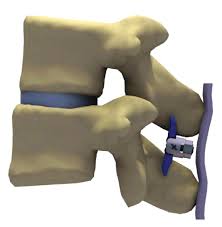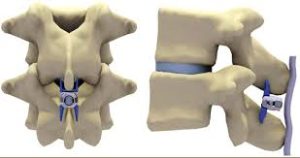
 Interspinous spacers are typically made of metal or a combination of metal and plastic, and are implanted between the spinous processes of adjacent vertebrae in the spine.
Interspinous spacers are typically made of metal or a combination of metal and plastic, and are implanted between the spinous processes of adjacent vertebrae in the spine.
Interspinous spacers are designed to maintain adequate space between the spinous processes, helping to alleviate symptoms caused by spinal stenosis or other conditions that cause nerve compression in the spine.
By keeping the vertebrae separated, spacers can reduce pressure on the nerves, relieve pain, and improve spinal stability.
These devices are often used when more conservative treatments, such as physical therapy or medication, have not provided adequate relief.
Interspinous spacers are less invasive than traditional spinal surgery and can be implanted through a smaller incision, making them a suitable option for patients who are not candidates for more extensive procedures.
Some studies have shown positive outcomes, including reduced pain and improved function for patients with spinal stenosis.
These studies suggest that interspinous spacers can provide symptomatic relief and improve quality of life.
